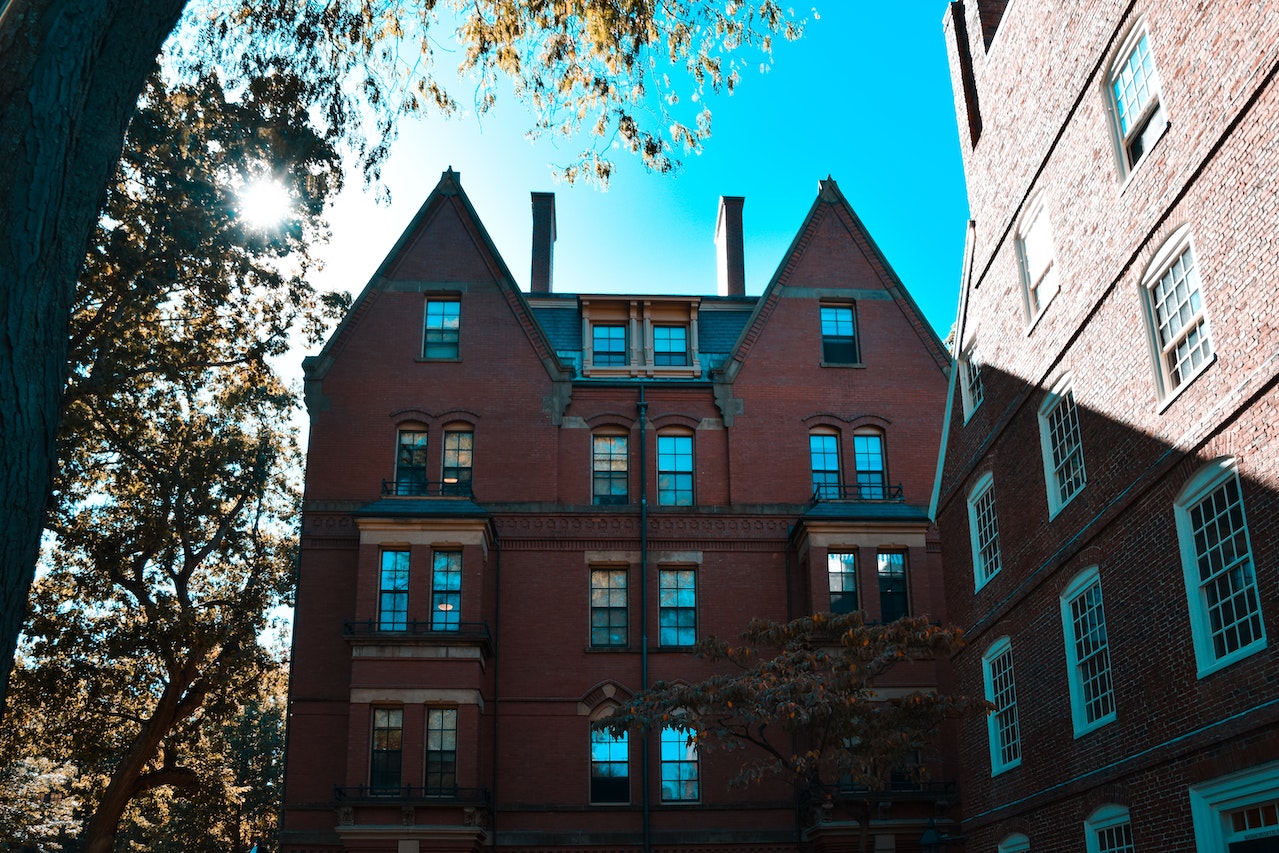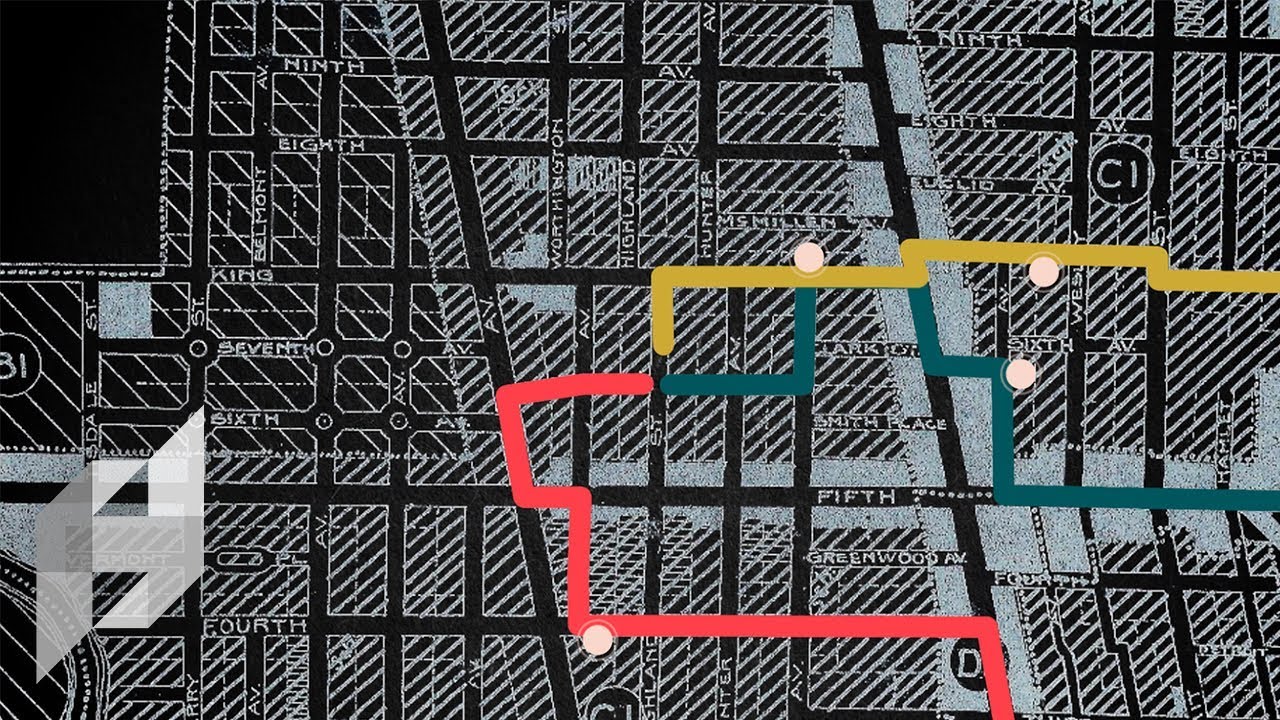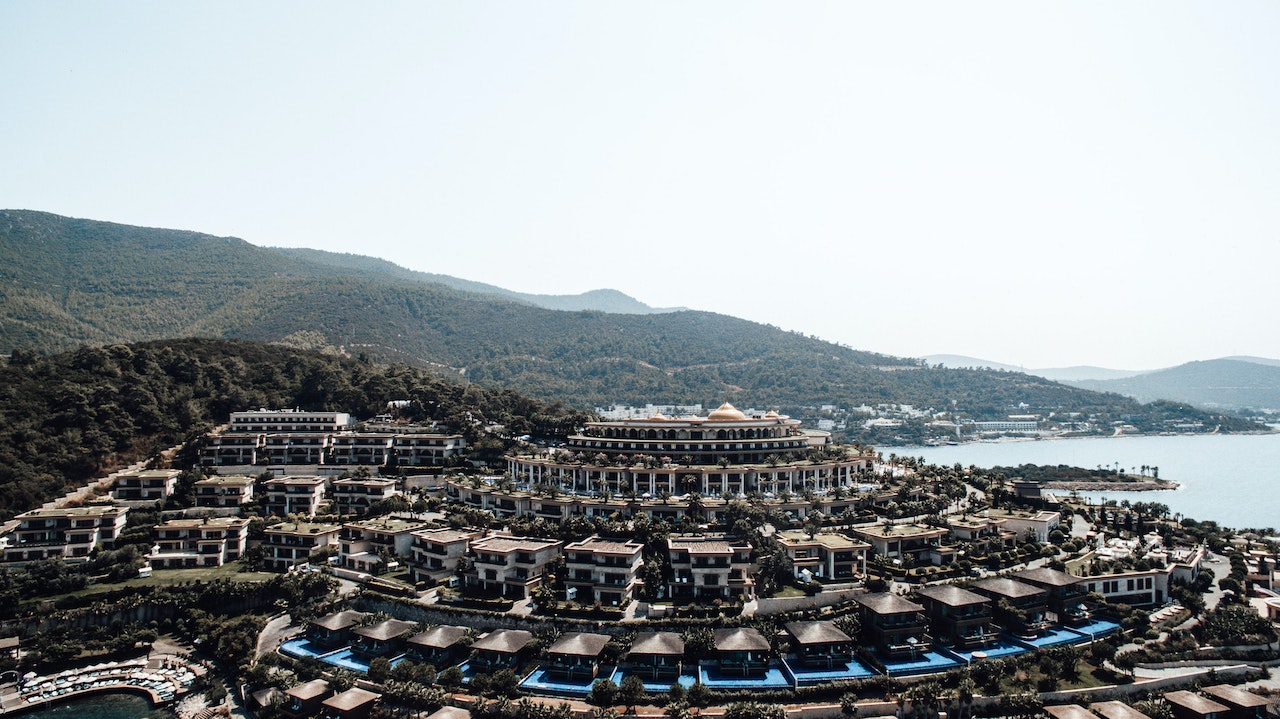How Zoning Laws Shape Urban Design And Planning - A Critical Element In Shaping Urban Spaces
Zoning laws are a set of regulations that govern the use of land within a particular jurisdiction. These regulations divide the land into different zones or districts, each with a specific set of rules governing what can and cannot be done on the property within that zone. How zoning laws shape urban design and planning impacts society in a big manner.
Author:George EvansMar 15, 20232.1K Shares350.3K Views

Zoning laws are a set of regulations that govern the use of land within a particular jurisdiction. These regulations divide the land into different zones or districts, each with a specific set of rules governing what can and cannot be done on the property within that zone.
How zoning laws shape urban design and planningimpacts society in a big manner. In this article, we will explore how zoning laws shape urban design and planning, with a focus on the following areas.
The History Of Zoning Laws
Zoning laws have been around for over a century, and their origins can be traced back to the early 20th century. The first zoning ordinance was passed in New York City in 1916, and it was intended to regulate the height and location of buildings to prevent overcrowding and protect public health.
This ordinance was quickly adopted by other cities in the United States, and zoning laws became a standard tool for urban planners.
In the 1920s, zoning laws began to evolve beyond height and location regulations to include use regulations. These regulations were intended to separate incompatible land uses, such as industrial and residential uses.
This was done to improve the quality of life for residents by reducing noise, pollution, and other negative impacts associated with industrial uses.
Today, zoning laws are used in nearly every city and town in the United States, and they continue to play a critical role in shaping the built environment of our communities.
How Zoning Laws Impact Urban Design
Zoning laws have a significant impact on urban design, as they regulate the use and density of land within a particular area. The following are some of how zoning laws impact urban design
- Land Use- Zoning laws dictate what types of land uses are allowed within a particular area. For example, residential zones may prohibit commercial uses, while industrial zones may prohibit residential uses. This can impact the mix of land uses in a particular area, which can, in turn, impact the character of the neighborhood.
- Building Height and Density - Zoning laws regulate the height and density of buildings within a particular area. This can impact the overall character of the neighborhood and the level of density in the area. For example, low-density zones may have restrictions on building height, while high-density zones may allow for taller buildings.
- Open Space - Zoning laws can also impact the amount of open space within a particular area. For example, some zoning laws may require developers to set aside a certain percentage of land for parks or other public uses. This can impact the overall quality of life in the area, as well as the availability of green space.
- Building Design- Zoning laws can also impact the design of buildings within a particular area. For example, some zoning laws may require that new buildings be designed to fit in with the character of the surrounding area, while others may require that new buildings be designed to a certain standard.
Overall, zoning laws have a significant impact on the built environment of a community. They can shape the mix of land uses, the overall character of a neighborhood, and the level of density in a particular area.
The Effects Of Zoning Laws On Social Equity
While zoning laws can have many positive impacts on urban design, they can also have negative impacts on social equity. The following are some of how zoning laws can impact social equity.
- Exclusionary Zoning- Zoning laws can be used to exclude certain groups of people from certain areas. For example, some zoning laws may prohibit the construction of affordable housing in certain areas, effectively excluding low-income individuals and families from those neighborhoods. This can lead to segregation and inequality in access to resources such as schools, jobs, and public services.
- Gentrification - Zoning laws can also contribute to gentrification, which is the process of displacement of low-income residents by higher-income residents. Zoning laws that allow for high-density development or that incentivize certain types of development can lead to an increase in property values and rents, making it difficult for low-income residents to afford to live in the area.
- Environmental Justice- Zoning laws can also impact environmental justice. For example, industrial zoning may allow for polluting industries to be located in certain areas, which can have negative impacts on the health of residents in those neighborhoods, who may be predominantly low-income or people of color.
- Access to Amenities- Zoning laws can impact access to amenities such as parks, grocery stores, and public transportation. For example, zoning laws that encourage low-density development can make it difficult to provide efficient public transportation, making it harder for residents to access jobs and services.
Overall, zoning laws can have a significant impact on social equity. It is important for urban planners and policymakers to consider the potential impacts of zoning laws on different groups of people and to work towards creating more equitable communities.
Criticisms Of Zoning Laws And Potential Solutions
While zoning laws have many benefits, they are not without their criticisms. The following are some of the criticisms of zoning laws and potential solutions.
- Lack of Flexibility- Zoning laws can be inflexible and may not allow for changes in land use or development patterns. This can lead to missed opportunities for development or redevelopment. One solution to this issue is to implement more flexible zoning laws that allow for the adaptive reuseof buildings or mixed-use development.
- Limited Diversity of Housing- Zoning laws can also limit the diversity of housing options within a community. For example, single-family zoning may limit the availability of affordable housing or housing options for multi-generational families. One solution to this issue is to implement more diverse housing options, such as accessory dwelling units or duplexes, in single-family zoning areas.
- Encouraging Sprawl - Zoning laws can also encourage sprawl, which is the development of low-density, car-dependent communities on the outskirts of urban areas. This can lead to increased traffic congestion, air pollution, and a lack of access to services for residents in those areas. One solution to this issue is to implement more compact, walkable communities that encourage the use of public transportation and reduce reliance on cars.
- Displacement- Zoning laws can also contribute to displacement, as discussed earlier. One solution to this issue is to implement inclusionary zoning, which requires developers to include a certain percentage of affordable housing units in new developments.

How Zoning Laws Are Holding Back America's Cities
How Zoning Laws Shape Urban Design And Planning
Zoning laws are regulations that govern land use and development within a particular area. They can have a significant impact on urban design and planning, shaping the built environment of our communities.
People Also Ask
What Is Gentrification?
Gentrification is the process of displacement of low-income residents by higher-income residents.
How Can Zoning Laws Contribute To Gentrification?
Zoning laws that allow for high-density development or that incentivize redevelopment can contribute to gentrification by increasing property values and making an area less affordable for low-income residents.
What Are Some Potentially Negative Impacts Of Zoning Laws On Social Equity?
Some potential negative impacts of zoning laws on social equity include exclusionary zoning, gentrification, and segregation.
What Are Some Potential Solutions To Address The Negative Impacts Of Zoning Laws On Social Equity?
Some potential solutions include zoning reform, inclusionary zoning, and community land trusts.
Conclusion
Zoning laws play a critical role in shaping the built environment of our communities. They can impact the mix of land uses, the density of development, the availability of open space, and the design of buildings within a particular area.
How zoning laws shape urban design and planning can also have negative impacts on social equity, such as exclusionary zoning or contributing to gentrification.
It is important for urban planners and policymakers to consider the potential impacts of zoning laws on different groups of people and to work towards creating more equitable communities.
By implementing more flexible, diverse, and sustainable zoning laws, we can create communities that are inclusive, accessible, and sustainable for all residents.

George Evans
Author
George Anderson, an exceptional architectural designer, envisions and brings to life structures that transcend the realm of imagination. With an unwavering passion for design and an innate eye for detail, George seamlessly blends form and function, creating immersive spaces that inspire awe.
Driven by a deep appreciation for the interplay of space, light, and materials, George's innovative approach redefines the possibilities of architectural design. His visionary compositions leave an indelible mark, evoking a sense of wonder and transforming the built environment.
George Anderson's transformative designs and unwavering dedication continue to shape the architectural landscape, pushing the boundaries of what is possible and inspiring generations to come.
Latest Articles
Popular Articles
